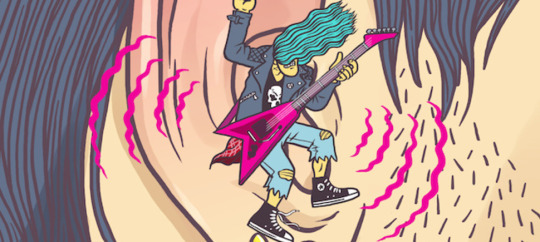According to psychologists, happiness comes down to the number of positive and negative moment that we experience.
Whether a moment is positive or negative depends entirely on how we feel. So, for example, if you feel relaxed, excited, joyful, or peaceful, then you’re experiencing a positive moment. On the other hand, if you are bored, angry, or annoyed, then you’re experiencing a negative moment.
Our overall satisfaction with life, or “happiness score,” is simply the number of positive moments that we experience divided by the number of negatives ones. So the more frequently you experience positive emotions, the happier you are. […]
1. Happiness Is Valuing Our Emotions
[…] If you want to be happy, the first thing to do is to become mindful of your emotions. It isn’t hard: simply try to pay attention to how you feel at varies point in the day.
When you are practicing mindfulness, don’t try to change or control your emotions in any way. All you need to do is become aware of what they are and acknowledge them. […]
2. Happiness is Loving Your Job
We spend so much of our time at work. And we factor in commute time, and the time it takes to regenerate ourselves after work, then hardly anything at all is left.
When we don’t like our job, we collect so many moments of boredom and frustration that it becomes almost impossible to shift the balance in our favor. It is very hard to maintain a high ratio of positive to negative moments when we spend our days disliking what we do.
However, disking our jobs is all too common. A whooping 80% of people dislike theirs! […]
3. Happiness is A Good Relationship
[…] If you are currently single, choose a partner that will brings into your life many positive moments, and few bad ones. Pay close attention to how you feel around potential partners, and choose one who consistently makes you feel good.
If you are already in a relationship, know that whatever investment you make in your relationship, is also an investment in your own happiness. It is not possible to avoid all problems – rough patches are inedible in long term relationships. When problems do come up – don’t ignore then. Work through your relationship difficulties, so that your relationship can once again contribute to your overall happiness.
And when times are good, cherish your relationship. It is bringing more joy into your life than you may realize.




